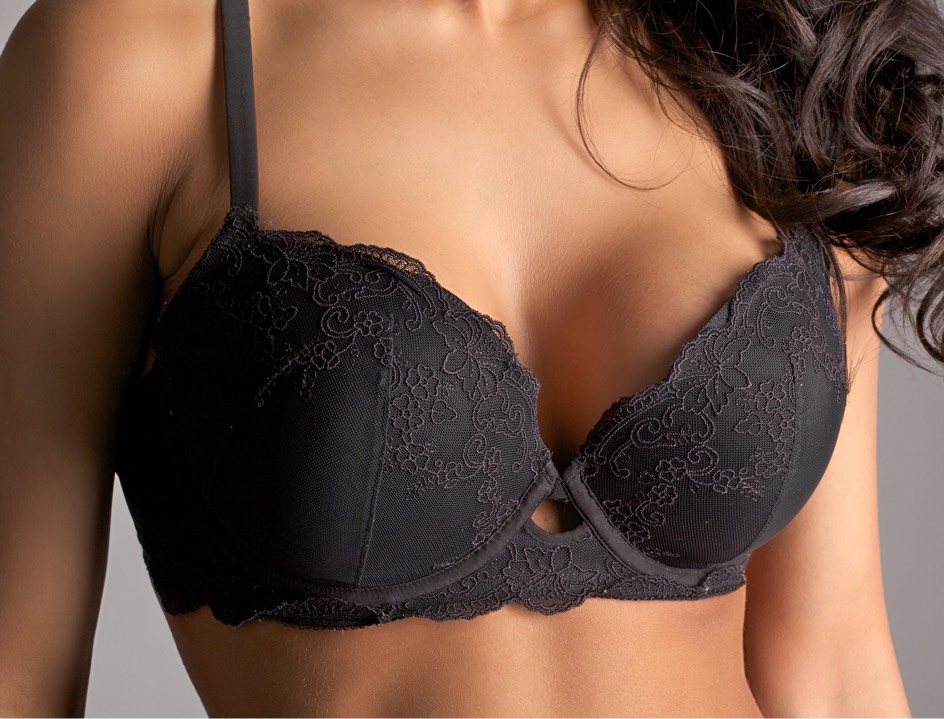
African Americans have different physical characteristics than people of European descent, and there are certain cosmetic nuances unique to African American patients. Black women may appreciate curves, and may want fuller and perkier breasts in breast augmentation surgery. Patients with darker skin are also more susceptible to keloids and hypertrophic scarring, creating a new set of surgical considerations.
If you are an African American considering breast augmentation surgery, call the office of Tracy Pfeifer, MD. Dr. Pfeifer has more than 18 years of experience performing cosmetic plastic surgical procedure, specializing in breasts. She can provide state-of-the-art, personalized care in a comfortable environment to persons of every ethnicity, and she is well-versed in the unique considerations concerning breast augmentation for African American patients.
African American Breast Augmentation Considerations
Many African American women develop large breasts. In 2013, as reported by ASPS, breast reduction surgery was one of the 3 most commonly requested procedures among African American people. However, women whose breasts have deflated and sagged after childbirth, or whose breasts are unevenly-sized or shaped, may be candidates for breast augmentation surgery. In some cases, a breast lift may be required in addition to augmentation.
About Scarring
A major consideration in breast surgery for African Americans is the issue of scarring. Among darker skinned people there is a higher risk of keloid scar formation and hypertrophic scarring.
Keloids are hard, smooth, excessive scar tissue growth that can be larger than the original wound. These are raised, reddish nodules occurring at the site of the injury that could take weeks or months to develop fully.
Hypertrophic scars are similar in appearance to keloids and more common. They do not become as large as keloids, and with time, hypertrophic scars may fade. They are limited to the site of the injury and prone to appear on the knees, shoulders, abdomen, breasts, and breast bone.
Keloids are notoriously difficult to treat. They may respond to injections of long-lasting cortisone into the keloid on a monthly basis. After several cortisone injections, the keloid may become less noticeable and flatten in 3 to 6 months. Hypertrophic scars often respond completely to this type of treatment, while recurrences are not uncommon with keloids.
Breast Augmentation for African American Women
When breast tissue is lost through pregnancy and breastfeeding, breast augmentation with saline, silicone, or cohesive gel implants can provide the best solution. Because of the issue of potential scarring, it is important to carefully consider the best approach for breast augmentation in African American women. The smallest incision possible in the least visible location is ideal. Options for a surgical approach to minimize visible scarring in African American breast implant procedures may include:
- Trans-umbilical (via the navel) approach
- Peri-areola approach (with an incision made half-way around the edge of the areola)
- Transaxillary approach (incision in the fold of the armpit where a scar would be less visible)
If you are African American and considering breast augmentation, Tracy Pfeifer, MD will carefully evaluate your body type and find the best implant type and incision to suit your needs, with special consideration to the risk of scarring. You can expect warm and personalized care from Dr. Pfeifer and her medical team. Call us today to schedule your consultation.
